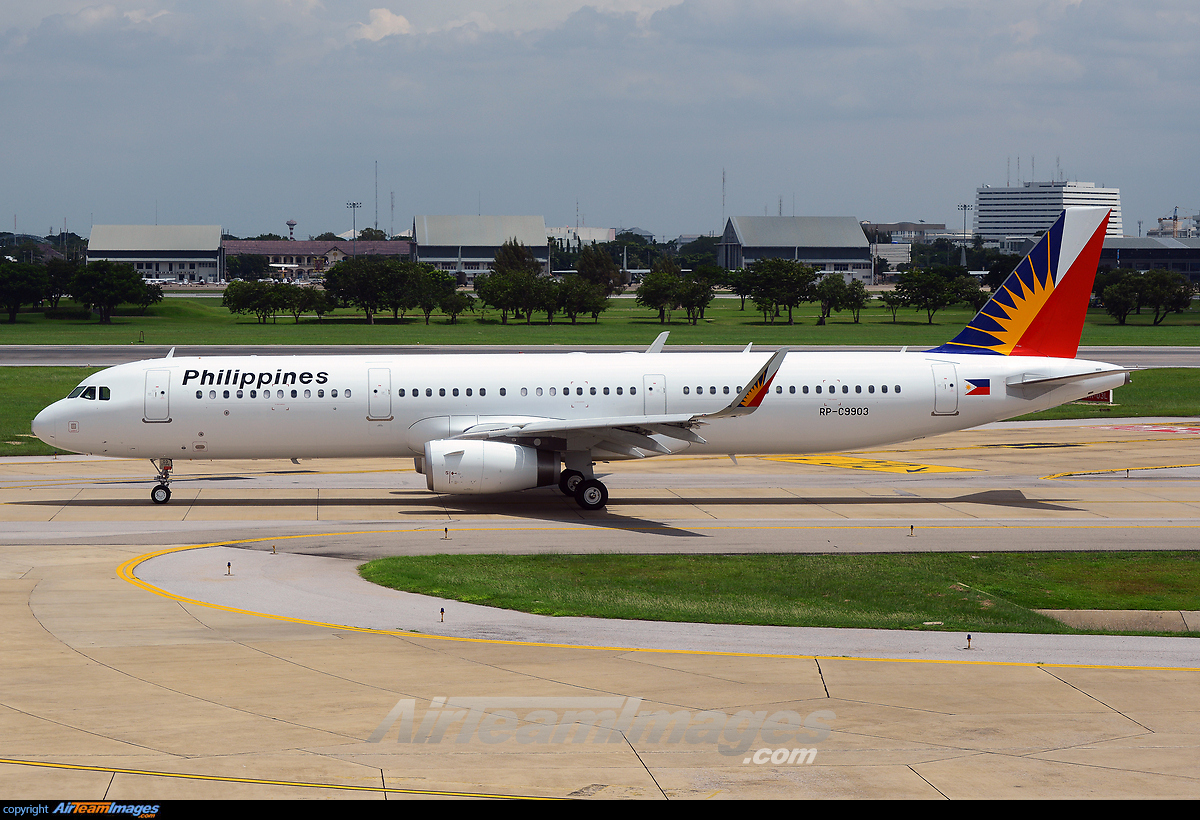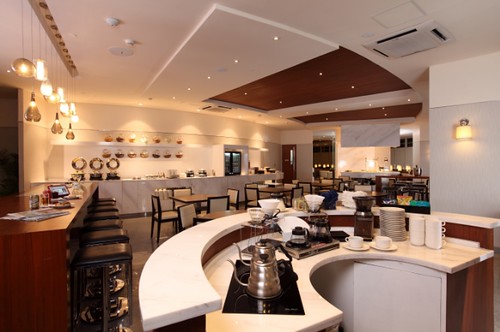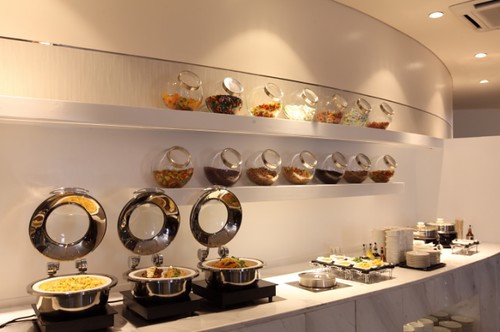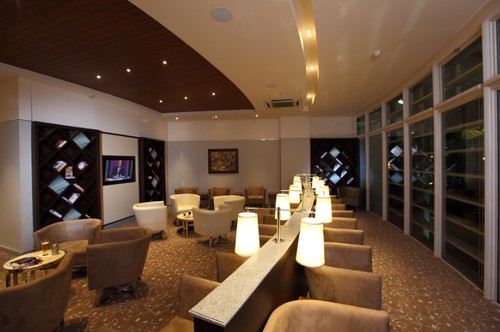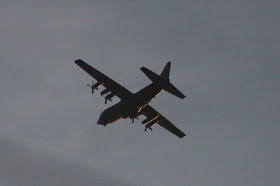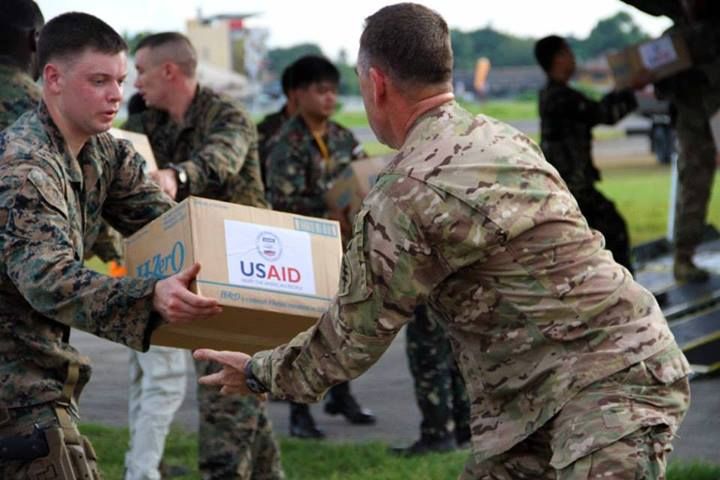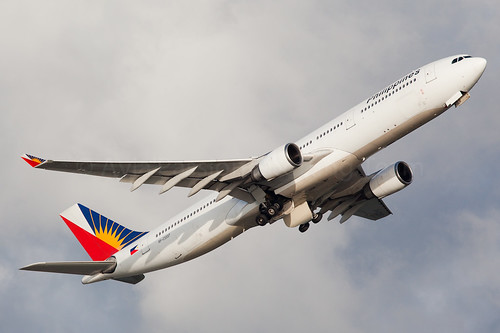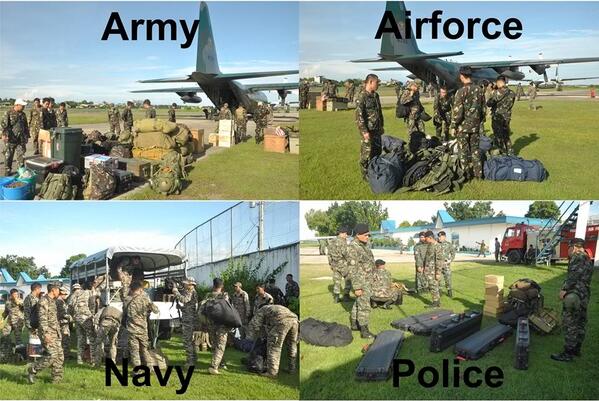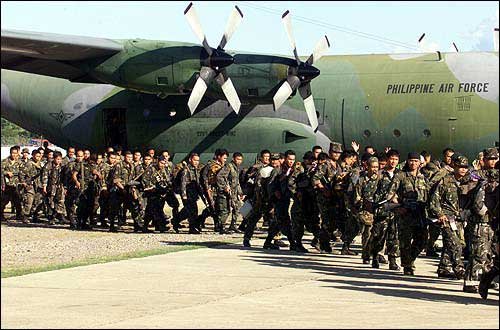5th Delivery to arrive in December
28 September 2013
28 September 2013
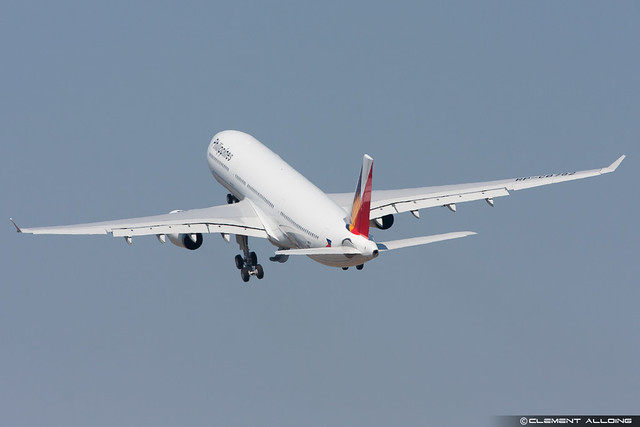 |
| RP-C8782 departing Toulouse for Manila. It is expected to arrive in the Philippine capital at 11:15 in the morning Saturday |
Toulouse - Philippine Airlines (PAL) gains delivery slots after the European plane maker decided to raise the production rate for
its A330 Family to ten aircraft a month beginning April in 2013.
As a result, one more A330 is destined for PAL in 2013 after Airbus approved its request to amend delivery slots for one more aircraft arising from increase in production schedules.
Airbus turns out eight A330 Family aircraft each month when PAL entered its orders for initial 10 high gross variant new generation A330s. This monthly
rate was increase to nine in early 2012, before reaching rate ten in
the second quarter of 2013.
"We
are now starting the next phases of our fleet renewal, anchored on new
generation A330-300s. This aircraft opens up new frontiers in our
rapidly growing networks as well as in service innovations for our
passengers," Ramon S. Ang, PAL President said in a statement.
Ang said the new A330 will be used for the
inaugural flight to Abu Dhabi on October 1, marking the flag carrier's
re-entry to the Middle East after 3 years.
"The A330 is earmarked for our Middle East route" Ang said.
Ismael Augusto Gozon, PAL Senior Vice President For Operations said PAL expects to receive five more A330-300s in the fourth quarter instead of the original four, with the 5th frame to be delivered in December after Airbus offered the slot to the airline Wednesday.
Gozon said that with the new delivery schedule its expansion to the Middle East will proceed as scheduled.
The new A330HGW powered by Trent 772B-60 engine from Rolls-Royce accommodates 414 passengers, configured into two classes —Premium Economy, with 39 seats, and Economy, with 375 seats.
The Premium Economy Class is fitted with the Spectrum 1st seat from B/E Aerospace. With a pitch of 34 inches, this mechanical seat is ergonomically designed to provide more knee and legroom, plus lumbar support and multi position adjustable headrest.
Economy Class seats, are likewise, from the Spectrum line, offering a pitch of 30 to 31 inches and an ergonomic design to enhance comfort.
Gozon said they intend to fly the 5 new A330s for delivery this year all
to the Middle East, with the last Middle East bound aircraft to be
delivered in February next year. The remaining four frames to be
delivered in 2014 are for services to Korea, Japan, and Australia.
The next tranche of A330 deliveries for 2015 will be the 242t variant for services to Europe, Hawaii and Canada.
Airbus expects the newest 242t variant of the A330 to reach London and Vancouver comfortably with the MTOW range of 6,100nm at 300 passengers configuration.
